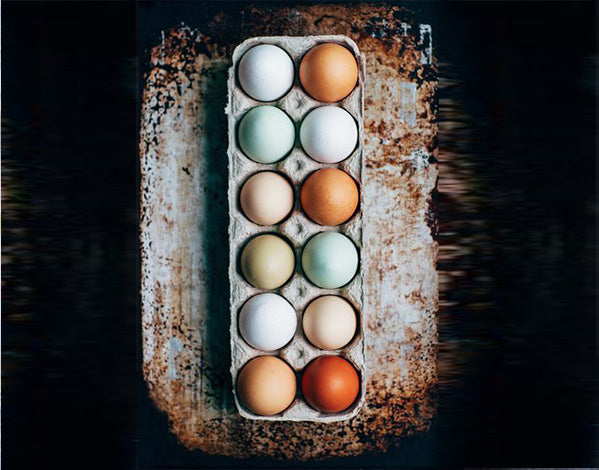
We’ve been talking a lot about protein and how important it is for a healthy diet. As the main building blocks of the human body, they’re used to support muscle growth, healthy organs and skin, and balanced hormones. Life as you know it wouldn’t be possible without a sufficient amount of protein. Proteins are formed of smaller molecules called amino acids. They amino acids are linked together to form protein chains. Your body can produce some of the required amino acids, but the rest you’ll need to get through a healthy diet.
If you eat a diet rich in animal products like seafood, meat, fish, eggs, and dairy, you’re likely getting a pretty good amount of protein. For those of you who don’t eat animal products, it’s more of a challenge to get all of the protein you need. However, that’s not to say you can’t! There are plenty of options for meat-eaters and vegetarians alike and we’ll go through all of them here.
Various studies differ in the amount of protein we need. Some conclude that it’s optimal to consume 0.7-1 grams of protein per pound of body weight. If you’re at a healthy weight and don’t exercise much, you may need a little less. Aim for 0.3 to .6 grams per pound of body weight. On the other hand, if you’re a bodybuilder or pregnant woman, your protein requirements will be a bit higher.
To avoid any confusion on this matter, let’s talk about what “grams of protein” refers to. A gram of protein refers to actual macronutrient protein. This is quite different than measuring out the grams of a food that contains protein, like meat or eggs. An easy way to understand this is with an egg. One large egg weighs 46 grams, but only contains 6 grams of actual protein. See the difference? Great!
If counting out your grams of protein seems like a chore, try looking at your overall diet as a pie chart. According to the Institute of Medicine, 10%, but not more than 35% of your daily calories should come from protein.

Some of the best sources of protein include seafood, meat, dairy, and eggs. But it doesn’t stop there. Certain plant proteins are good sources as well. These include legumes, nuts, and quinoa for example. Need a list of great protein sources to take with you on your next supermarket run? No problem! Here are a bunch of great options along with their protein amounts.
- Skinless chicken breast (4 ounces - 20 grams)
- Skinless turkey breast (4 ounces - 20 grams)
- Grass-fed steak (4 ounces - 30 grams)
- Wild salmon (4 ounces - 28 grams)
- Fresh or canned tuna (4 ounces - 28 grams)
- Eggs (1 large egg - 6 grams)
- Greek yogurt (½ cup - 10 grams)
- Oats (½ cup - 5 grams)
- Brown rice (½ cup - 5 grams)
- Raw almonds (1 ounce - 6 grams
- Black beans (½ cup - 8 grams)
- Soybeans (½ cup - 15 grams)
- Lentils (1 cup - 18 grams)
- Peanut butter (2 tablespoon - 8 grams)
5 Ways to Get Enough Protein in Your Diet
- A simple way to get enough protein in your diet is to eat some with every meal. If it’s spread evenly across your meals, you’re more likely to get the requirements your body desires to properly function.
- Get your protein intake from a variety of sources. Mix and match different options to get an optimal amount of vitamins and nutrients. You don’t have to focus on only meat. Enjoy a balanced meal of wild salmon, black beans, and brown rice.
- In addition to having protein at each of your main meals, focus on snacks that have a good amount of protein as well. Some options include a handful of nuts, cheese, and hard-boiled eggs. All are great, on-the-go choices too!
- Swap out dessert with a protein-rich treat. When that sweet tooth kicks in, reach for a healthier option instead of choosing something loaded with sugar and empty calories. Need that chocolate fix? Try making a smoothie with Greek yogurt, banana, peanut butter, and cacao nibs. We promise it’s delicious!
- Sneak nuts and seeds into your meals. Give your breakfast oats a little protein boost with nut butters or flax seeds. Add a little crunch to your salads with chia seeds or slivered almonds. Sprinkle nutritional yeast on top of homemade popcorn or roasted kale chips.

In general, stick to protein sourced from whole foods like lean meat, seafood, eggs, nuts, and seeds. Try not to stress too much about the amount of protein you need. You’re likely getting a good amount from your daily meals, but if you’re not sure, try adding up the amount you’re getting for a few days as an assessment. Get creative with different combinations and make sure it’s a part of every meal, including snacks! Remember, a protein-rich diet leads to a healthier, happier you.


